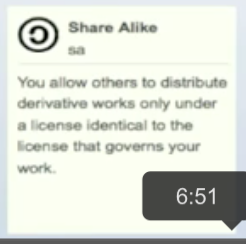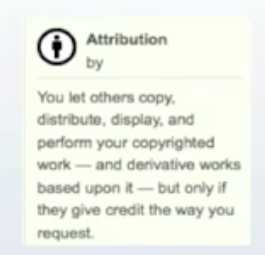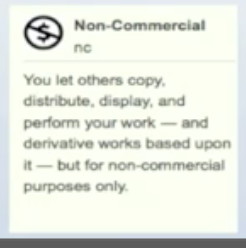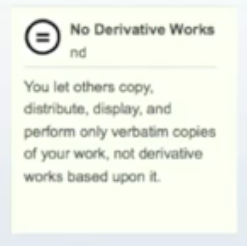EDM613 Media Asset Creation
Week 1 Reading Blog Post
June 29, 2012
The whole notion of copyright and fair use has been clarified through this week's reading (3 sets of videos), but has also further muddied my understanding of what I am able to use as an educator, how much I am able to use, and how concerned I should be about using something created by someone else. There is a sense of unease that always comes with using photos and film clips and other materials that you did not create. That sense of unease frequently causes me to underutilize materials in my presentations, both for this course, and in the education of my students.
What I better understand is the definition of copyright, and how I can use copyrighted information. I understand that in order to use material created by someone else, be it text, video, still images, music, or even dance, permission needs to be obtained. Fortunately, with fair use, I can "borrow" small portions of materials to use with my students. (I am still very unclear on what small portions really means.) I also know that it is critical to credit the original creator whenever possible. This is the biggest issue for my students - they think that if something is on the Internet, it is available for them to use. Use often translates into copy, and they really struggle to understand the difference.
Having said this, I do appreciate the last set of videos from this week's assignment. I appreciate the Creative Commons notion - that in this information rich Internet age we live in, there exist agreed upon guidelines that do carry the weight of the law.

As mentioned in the videos, Creative Commons falls somewhere in between "All rights restricted" and "public domain". If all information were clearly labeled using these guidelines, it would be less difficult to determine whether or not I am able to use the information, for example, in a lesson for my students.
This coding system will also help me better educate my students as to what information they are able to use for projects, as well as their personal uses.

copyright pt3-2cc videos.m4v






As with any newly acquired information, it will take reading and rereading that information and correctly using material to learn how to efficiently use copyrighted material before we feel comfortable. I know it will take me a while to understand all the information that we have learned about this week. I don’t feel it will be an easy task. “Muddied” is a good way to explain my understanding at this time also. Although, some issues are clearly, such as what is legal and not legal to use, what can and can’t be copyrighted, and what Fair Use is about. A small portion? Does that mean less than half? I think we need more information on that one. I do feel it is very important to educate our students on copyright laws. You are correct about their mentality concerning anything on the Internet. Now I know how to show them and tell them the correct way to use any material that they did not create themselves. That is a good feeling!